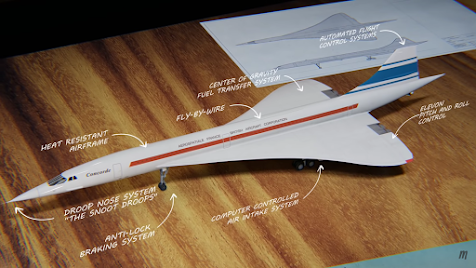My thoughts about Concorde. (Post-retirement and its legacy)
45 years since it came to our world, Concorde was indeed a very special aircraft of its own class. Even after its retirement in 2003, many had admired this plane for so long. Over the last 27 years of its service, Concorde has captured the imagination of people from all over the world, an extraordinary feat of power, grace and beauty. And in the eyes of many, including myself requoting this famous quote: "she's brought Cities together, brought people closer together, and reminded us all that we can do extraordinary things." British Airways Concorde G-BOAD, flying together with the RAF Red Arrows on a celebratory flypast over the Buckingham Palace during the Golden Jubilee of 2002 . And whenever Concorde showed up, there were always spectators waiting for her arrival, looking out for the " White Swan" with its long neck and trying to get as close as possible to her on departure to hear and feel the roar of the four Rolls Royce Olympus engines. The fans and su...
